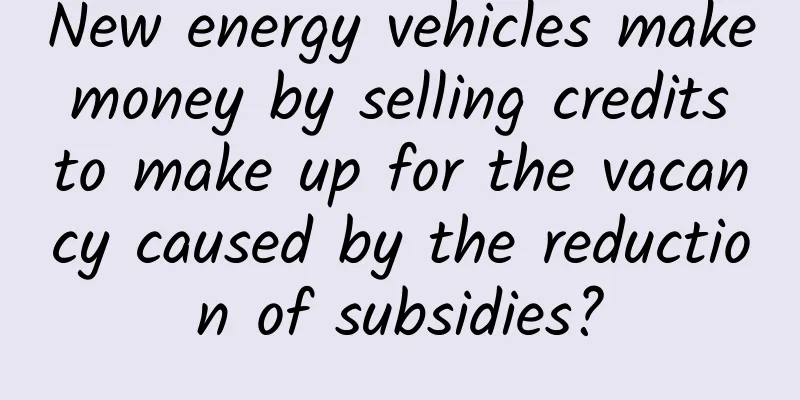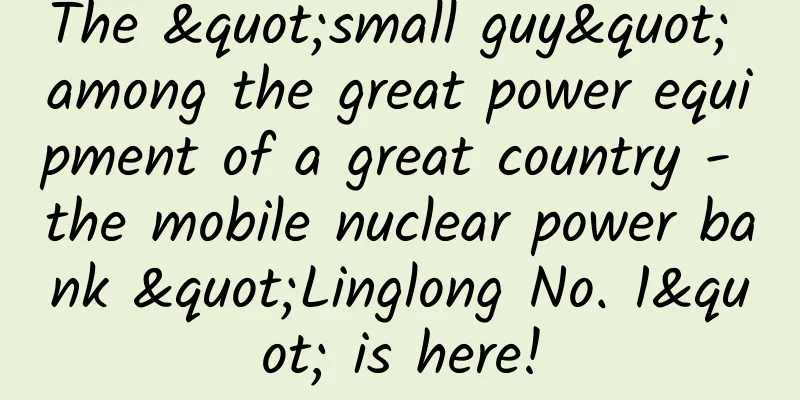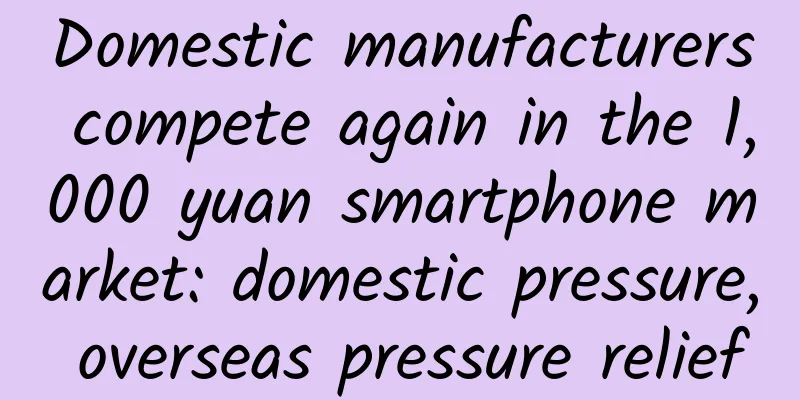New energy vehicles make money by selling credits to make up for the vacancy caused by the reduction of subsidies?

|
At present, the financial subsidies for new energy vehicles are gradually tightening. The change in subsidies will have a huge impact on the layout and operation of car companies. Against the background of reduced subsidies, new energy vehicle manufacturers are facing increasing pressure. Industry insiders believe that double-point trading is an important means for new energy vehicle companies to replace subsidies in the future. That is, by formulating a trading mechanism to purchase positive points to offset negative points, it can bring certain income to car companies that produce more new energy products, thereby making up for the part of income lost by companies after subsidies are reduced or even withdrawn. In fact, the trading value of points is not optimistic, and the role of double-point transactions in compensating for the decline in subsidies is actually very limited. As the performance forecasts of automakers for the first half of 2018 are released one after another, the current situation of the new energy vehicle industry, with rising costs and generally falling profits caused by the decline in subsidies, has begun to become apparent. However, my country's new energy vehicle market is still developing rapidly. Data shows that from January to July, my country's new energy vehicle production and sales reached 504,000 and 496,000 respectively, up 85% and 97.1% year-on-year, far better than the same period in previous years. Among them, pure electric vehicles have become the support of the new energy vehicle market, with production and sales reaching 382,000 and 373,000 respectively, up 71% and 82.4% year-on-year. From 2016 to 2017, subsidies for new energy vehicles dropped by 40%. Moreover, "subsidy reduction" has become a concept system, behind which are the combined effects of many factors such as the overall reduction of national and local subsidies, the increase of technical thresholds, and the adjustment of product structure. In order to seize the market, many companies have resorted to paying the difference after the subsidy reduction out of their own pockets, and have attracted consumers with methods such as "national unified guide price for new cars after subsidies" and "half-price buyback within three years". All these have led to a sharp decline in profits for new energy vehicles despite their high growth. In early July, the Equipment Industry Department of the Ministry of Industry and Information Technology announced that the passenger car enterprise average fuel consumption and new energy vehicle credit management platform (hereinafter referred to as the "double credit management platform") has been launched, and the passenger car enterprise double credit transaction has officially started. In the eyes of many people in the industry, the future double credit transaction will become an important solution to make up for the profit "deficit" caused by the gradual decline or even suspension of subsidies for new energy vehicle enterprises and to ease cost pressure. However, car companies are not interested in the "profitability" of this transaction. Overall, there are plenty of positive new energy credits in the market, and from the perspective of credit transactions, there is a surplus of positive credits. In addition, from the perspective of companies that have not met the standards, most of them can achieve negative credit compensation and return to zero through transfer and transfer to related companies, so the number of companies participating in credit transactions may not be too large. According to the research conducted by the Data Resource Center of the China Automotive Technology Center, the recommended guide price for credit trading in 2016 and 2017 is expected to be 1,000 to 1,500 yuan per credit. According to this rough calculation, the credits corresponding to a pure electric vehicle are 4 to 5 points on average, which means that the credits of a car can be sold for 4,000 to 7,500 yuan. Compared with the subsidies of 60,000 to 80,000 yuan, the income from the points transaction is only 1/10 of the subsidies, and the "profitability" of the points transaction is not optimistic. As a winner of Toutiao's Qingyun Plan and Baijiahao's Bai+ Plan, the 2019 Baidu Digital Author of the Year, the Baijiahao's Most Popular Author in the Technology Field, the 2019 Sogou Technology and Culture Author, and the 2021 Baijiahao Quarterly Influential Creator, he has won many awards, including the 2013 Sohu Best Industry Media Person, the 2015 China New Media Entrepreneurship Competition Beijing Third Place, the 2015 Guangmang Experience Award, the 2015 China New Media Entrepreneurship Competition Finals Third Place, and the 2018 Baidu Dynamic Annual Powerful Celebrity. |
Recommend
Four obstacles shatter the 5G counterattack dreams of small and medium-sized manufacturers
Smartphone sales in the first quarter were dismal...
10 ways to attract new members in the education industry
I don’t know since when, a community trend has em...
Street lamps can be transformed into car charging stations that can provide WiFi
Totem, a New York company, has designed a new typ...
Sugarcane during Qingming Festival is more poisonous than snakes! The poisoning is about to peak. Please do not eat it carelessly! Do not eat it carelessly!
Next month is the Qingming Festival. There is a d...
The rich upgrade again: Samsung Daqi III detailed experience review
In the era of smartphones, touch screen devices ha...
I love you, China!
Sunrise in the East Knock on the Sky File photo: ...
China's APP category rankings in the first half of 2016!
The flowers are the same every year, but the peop...
China's "Big Goose", the world's first
Author: Wen Lele Geese may have been domesticated...
Two species of gibbons have become extinct in the wild in my country. Can they come back?
On September 6, at the annual working meeting of ...
Re-experience the most popular mobile phone ten years ago
In 2004, Motorola Mobility brought us the Razr V3,...
Router backdoor vulnerabilities have endless hidden dangers and it is urgent to strengthen security protection
Last weekend, the "2013 China Internet Networ...
How do Xiaohongshu, Zhihu, etc. acquire seed users?
Seed users refer to those who actively interact w...
Why am I still programming at my age?
People in every industry will get older. Do they ...
Why does the Shenzhou spacecraft always choose to launch in the early morning? The right time + the right place + the right people →
At 12:51 on October 30, 2024, the Shenzhou 19 man...
What is the use of the hammer head of the hammerhead shark?
Recently, the world-renowned magazine Science pub...









